Overview
This part of the country really does have it all, offering colonial and ancient history, wildlife, authentic local experiences and beautiful scenery. It is accessible but as yet far enough removed from the typical tourist trail to create the most unique of journeys.
Trip Highlights:
- Discover the Buddhist pilgrimage site of Kyaikhtiyo
- Crumbling colonial mansions in Mawlamyine
- Visit Thanbyuzayat, a poignant reminder of Myanmar’s role in World War II
- Experience authentic local life on Bilu island
- Explore the fairytale-like Saddan Cave
- Bird spot at Moeyungyi Wetlands
Day 1 (Fly to Yangon)
Start your adventure with a sunset tour of Shwedagon Pagoda – please note that this iconic landmark is currently undergoing essential maintenance work and will be covered in bamboo scaffolding until the end of March 2015 – even so, we can assure you that it looks equally as magnificent in the evening when it’s all lit up. For dinner, we would recommend making a reservation at the recently opened Shan Yoe Yar, a restaurant that offers authentic Shan cuisine in a beautifully restored wooden building.
Day 2 (Yangon)
Spend the first half of the morning exploring Yangon’s downtown area, a tour that will leave you feeling mesmerised as you navigate through the cracked walls and creeping vines that make up Yangon’s faded colonial grandeur. For lunch, we would recommend a quick stop at the 999 Shan Noodle Shop – a simple, yet tasty noodle restaurant that’s a firm favourite with the locals. Later this afternoon you will explore Yangon’s Circle Line in an ordinary class cabin – this is one of the best ways of getting off the beaten track in Yangon and we can assure you that the locals will truly appreciate your presence.
Day 3 (Yangon – Kyaikhtiyo)
Leave Yangon this morning for the Kyaikhtiyo Pagoda or Golden Rock as it is more commonly known, one of the country’s most auspicious Buddhist pilgrimage sights. Accordingly to legend, it is said to be perched precariously on a strand of the Buddha’s hair. Take a hill truck to the top of the mountain, a thrilling and very local experience in itself, and enjoy the spectacular views over the surrounding plains. Overnighting on the mountain offers the opportunity to wander through the pagoda when it is lit up in the evening, and have the site mostly to yourself.
Day 4 (Kyaikhtiyo – Mawlamyine)
Continue east to Mawlamyine and stop for lunch at a local restaurant. Continue on to Thanbyuzayat, the western start of the Burma-Siam railway built during the Japanese occupation in World War II. The cemetery here is a moving memorial to 3770 Commonwealth and Dutch troops who gave their lives during its construction. The nearby death railway museum is currently under construction, but you will see a Japanese steam train from the time and a plaque announcing the start of the line which continued into Thailand. This evening you may wish to take a leisurely walk along the famous Strand Road and take in the sights and smells of Mawlamyine’s buzzing night market.
Day 5 (Mawlamyine)
Visit the early morning seafood market with your guide then board a small local boat for the short journey to nearby Bilu Island, known for its diverse range of handicrafts. Bilu sees few foreign visitors so travelling the bumpy roads by tuk tuk, stopping at small workshops and waving to the smiling locals is likely to be one of the most authentic experiences of your trip. This afternoon you will revisit Myanmar’s British history once again by touring Mawlamyine’s crumbling mansions, finishing your day at sunset at the Kyaikthanlan Pagoda, supposedly Rudyard Kipling’s inspiration for his poem ‘Road to Mandalay’.
Day 6 (Mawlamyine – Hpa An) by boat
Leaving Mawlamyine behind, take to the water once again and head for Hpa An. The boat trip is expected to take around three hours. On this fascinating journey you pass fishing boats, sandstone trawlers and locals taking their produce to market, villagers swimming and bathing, birds overhead and countless banana and corn plantations. The highlight is a short stop at a small Karen village where you may be lucky enough to try freshly picked coconut juice and dried mango. Upon arrival in Hpa An check into your hotel, and your afternoon is at leisure.
Day 7 (Hpa An)
Hpa An is known for its limestone casts and hence boasts some of the most stunning scenery in the country. Caves abound and today you will visit one of the largest, Saddan Cave. Walk for around 30 minutes through huge caverns, lit sometimes only by the light of your torch and with bats screeching overhead, before emerging at a magical clearing. Boarding a small wooden boat, a local oarsman will avoid the paddling ducks and guide you through lush rice paddies back to your starting point; the whole experience is quite surreal. Your afternoon is again at leisure before heading to the atmospheric Kyauk Ka Lat Pagoda for arguably one of the best sunsets you will see in Myanmar.
Day 8 (Hpa An – Bago) via Kawgun caves
After a leisurely breakfast, begin your journey to Bago making a stop just outside Hpa An at Kawgun Cave. Kawgun’s most impressive feature is its 7th century artwork of thousands of clay Buddha’s and wall carvings, apparently commissioned by the royal family of the time and added to by artisans over the years. In the morning it is also a cool, peaceful place to sit and reflect. Continue to Bago and check into your hotel.
Day 9 (Bago)
Take an early morning cruise of the stunning Moeyungyi wetlands today, artificially created as a water storage reservoir in 1878 and since developed into a natural wetland ecosystem. It is one of the few accessible wildlife sanctuaries in the country and a must for birdwatchers. This afternoon take a tour of Bago, formerly Pegu, once the country’s capital and a vital seaport. Although most of its sites have been renovated and do not show their age, there is no denying the city’s fascinating history. Your touring here is flexible but you may wish to visit Shwemawdaw Paya, Shwethalyaung Reclining Buddha and Kanbawzathadi Palace.
Day 10 (Bago – Yangon and fly home)
Travel back to Yangon today and meet your connecting flight home.
If would like to design your own Jewels of the South itinerary, feel free to contact us now to discuss pricing. Once again, please note that this is merely a suggestion and all of the arrangements suggested by Tour Mandalay can be tweaked and tailored to your heart’s content.

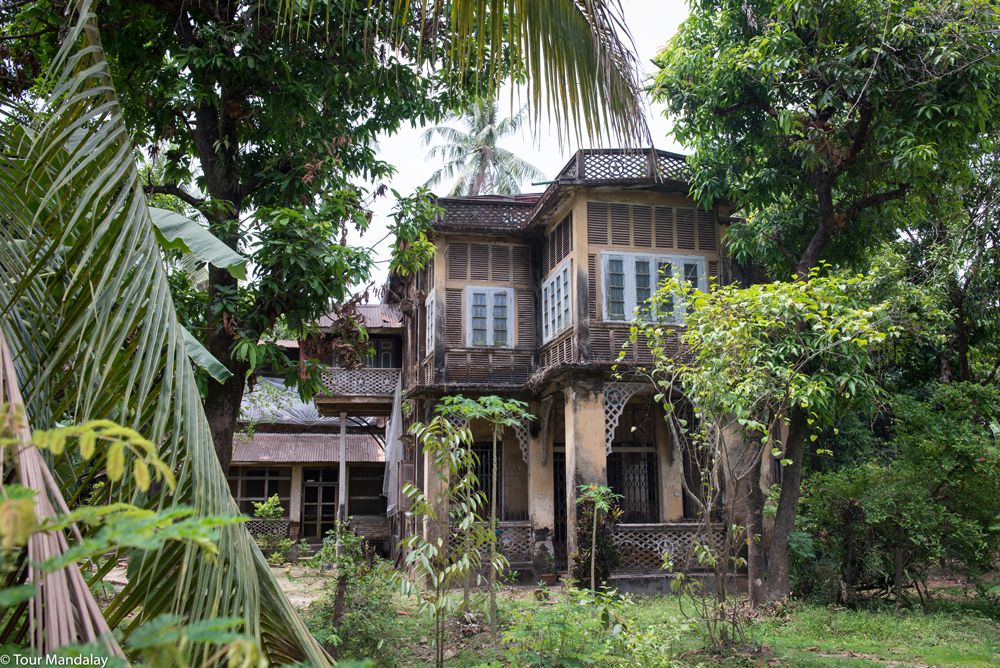
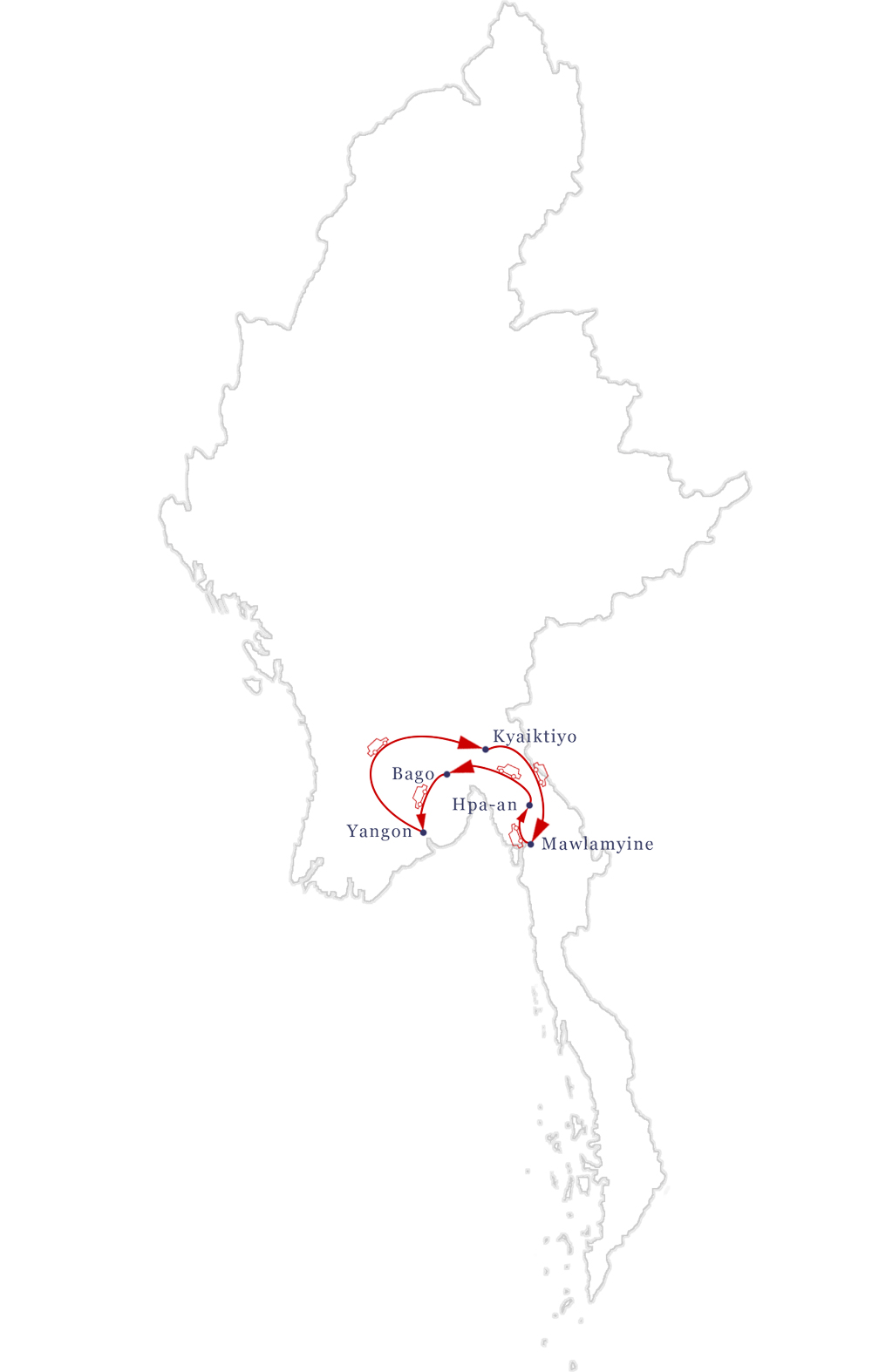
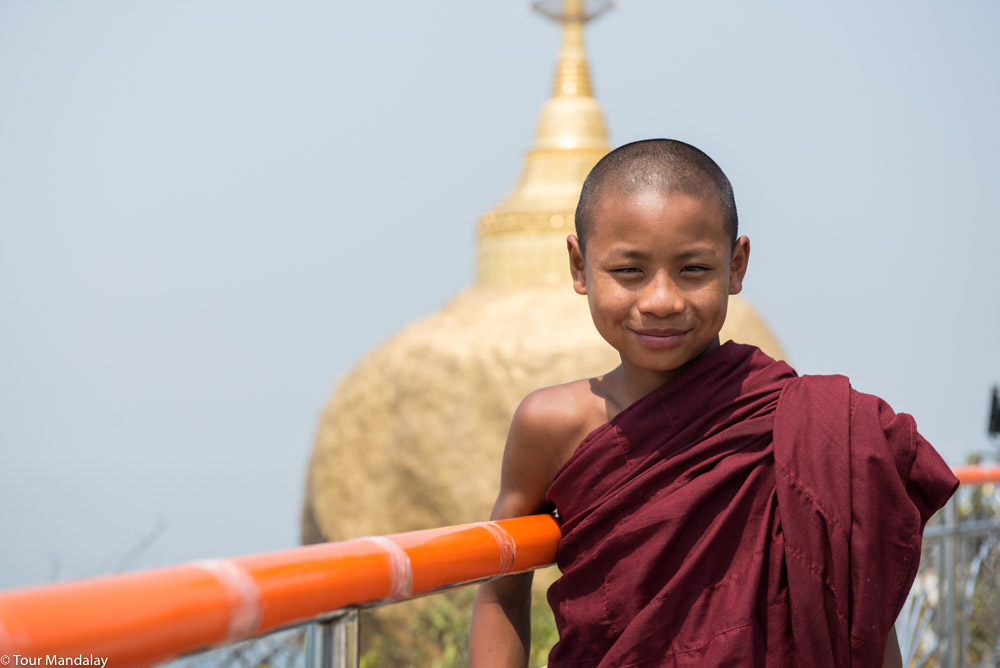
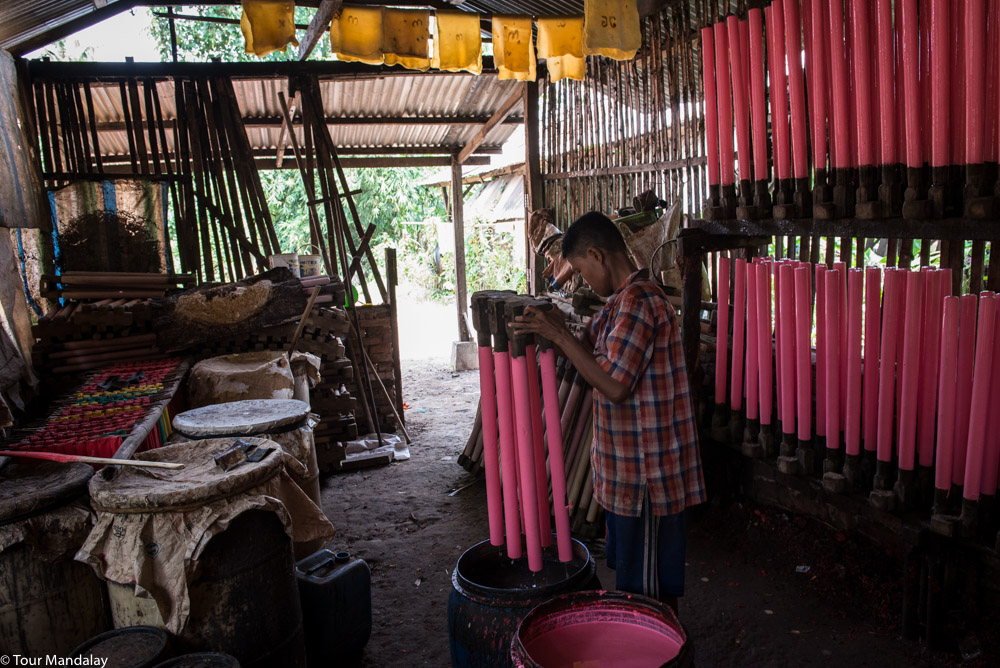
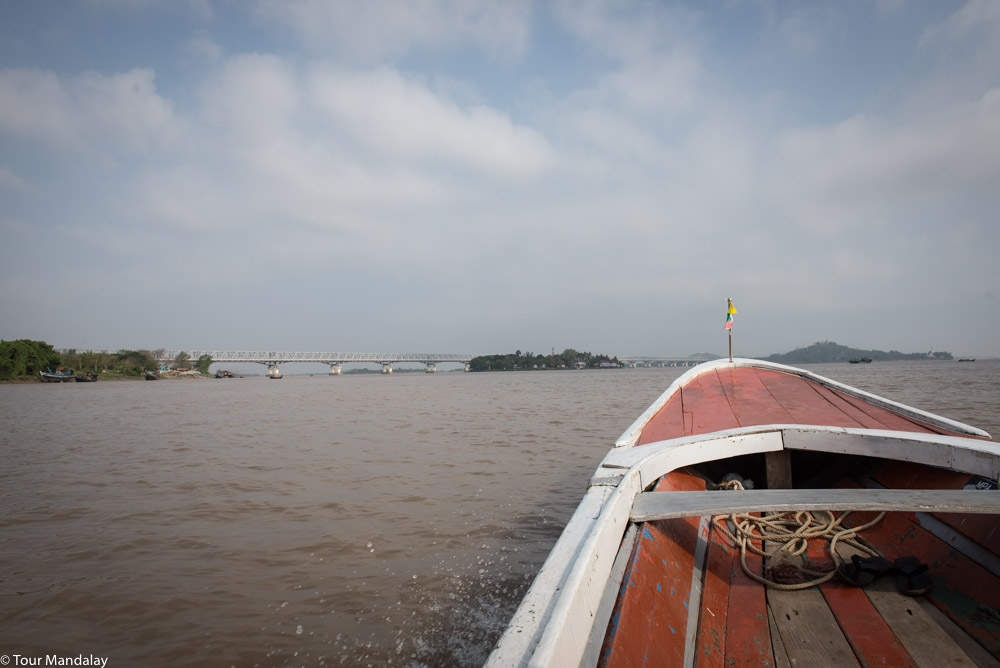
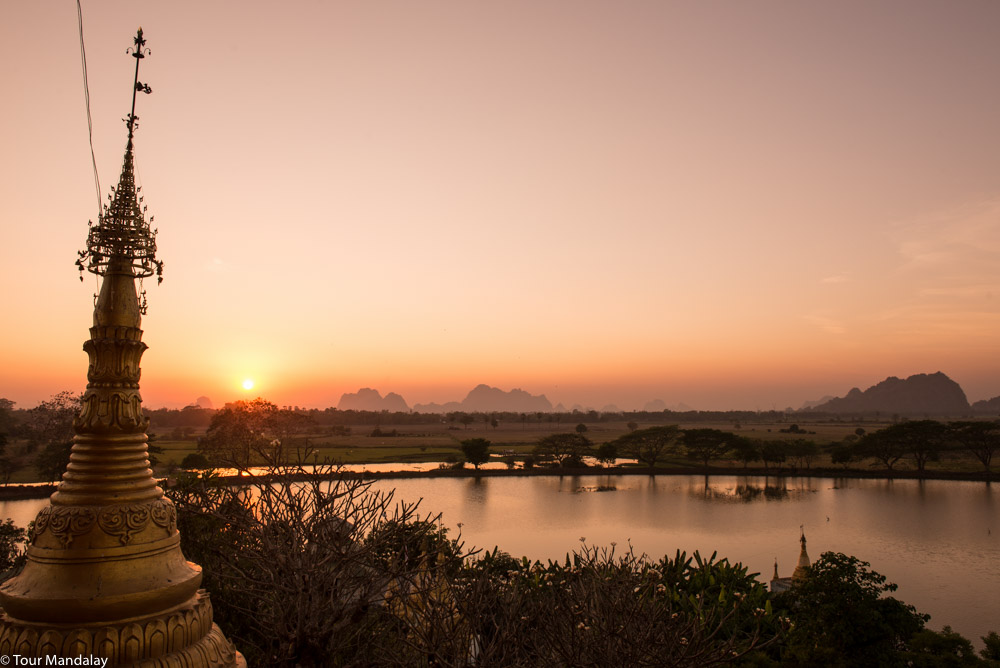
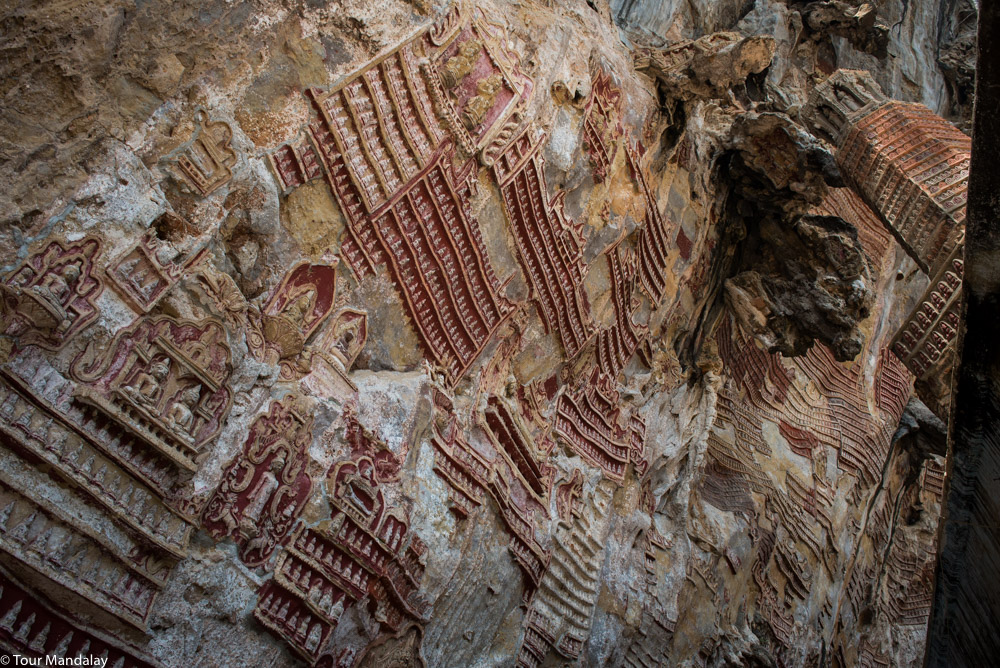
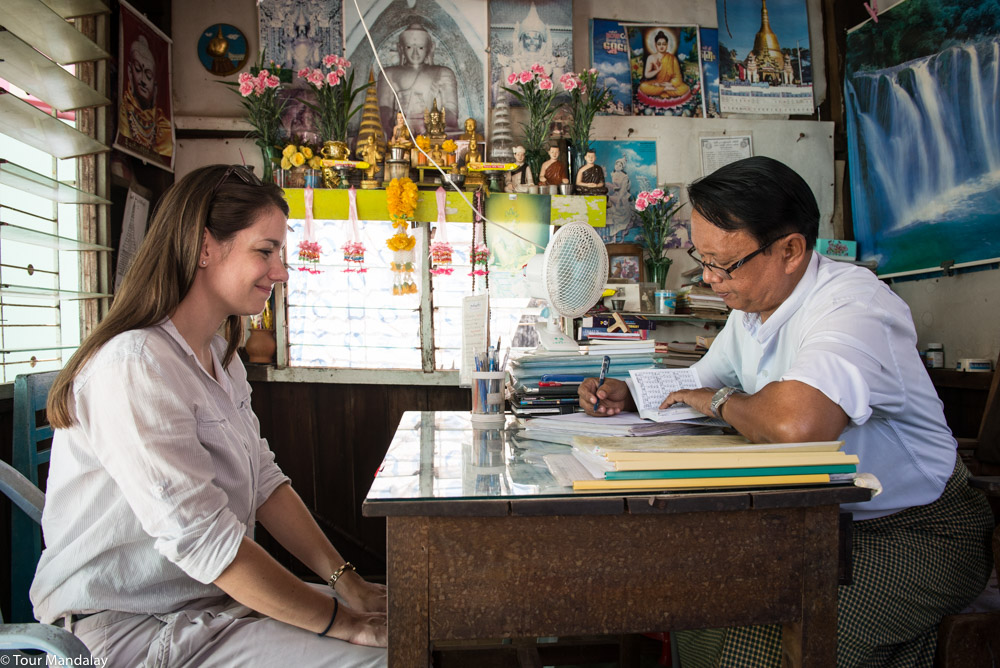
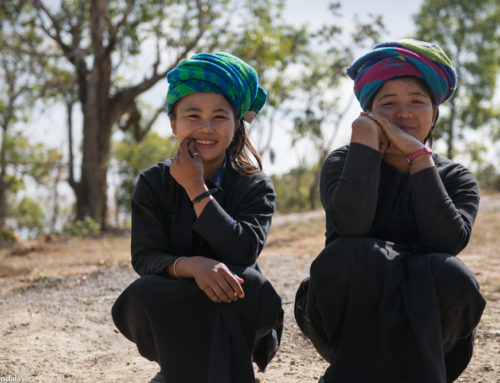
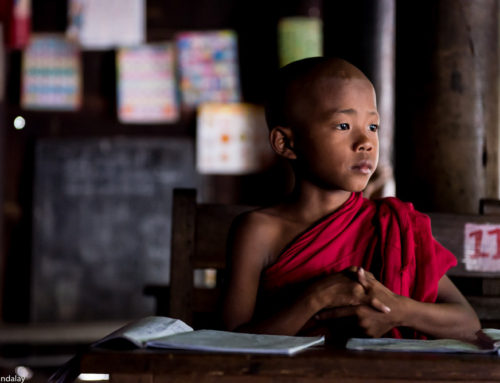
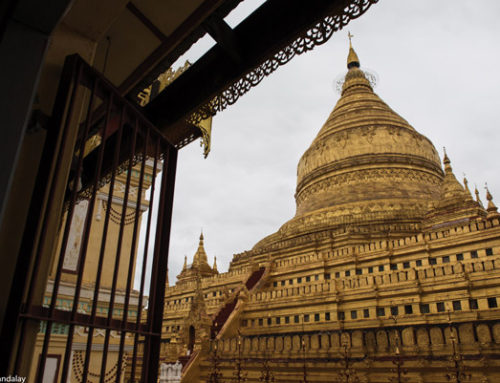
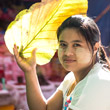
Leave A Comment
You must be logged in to post a comment.